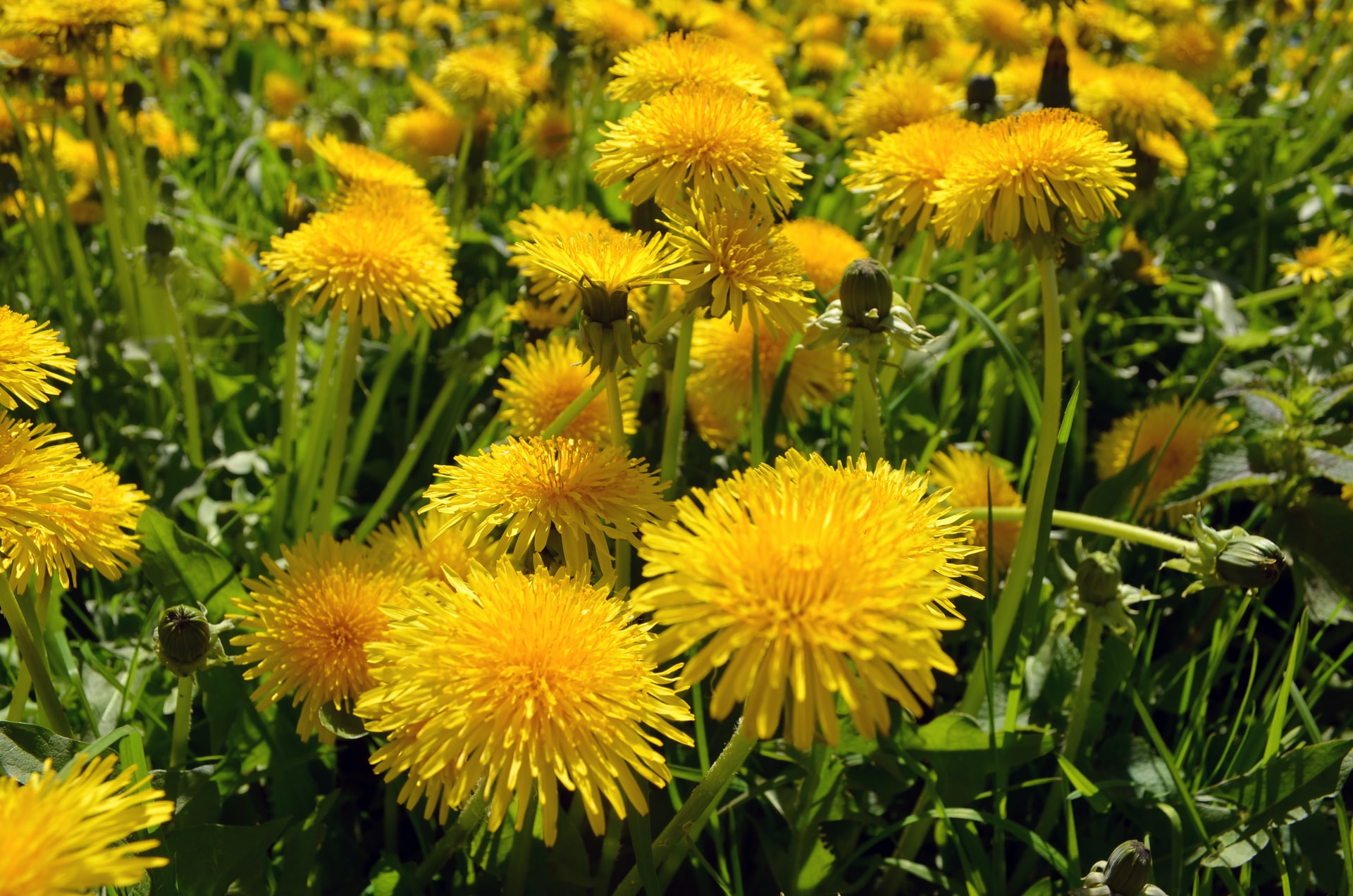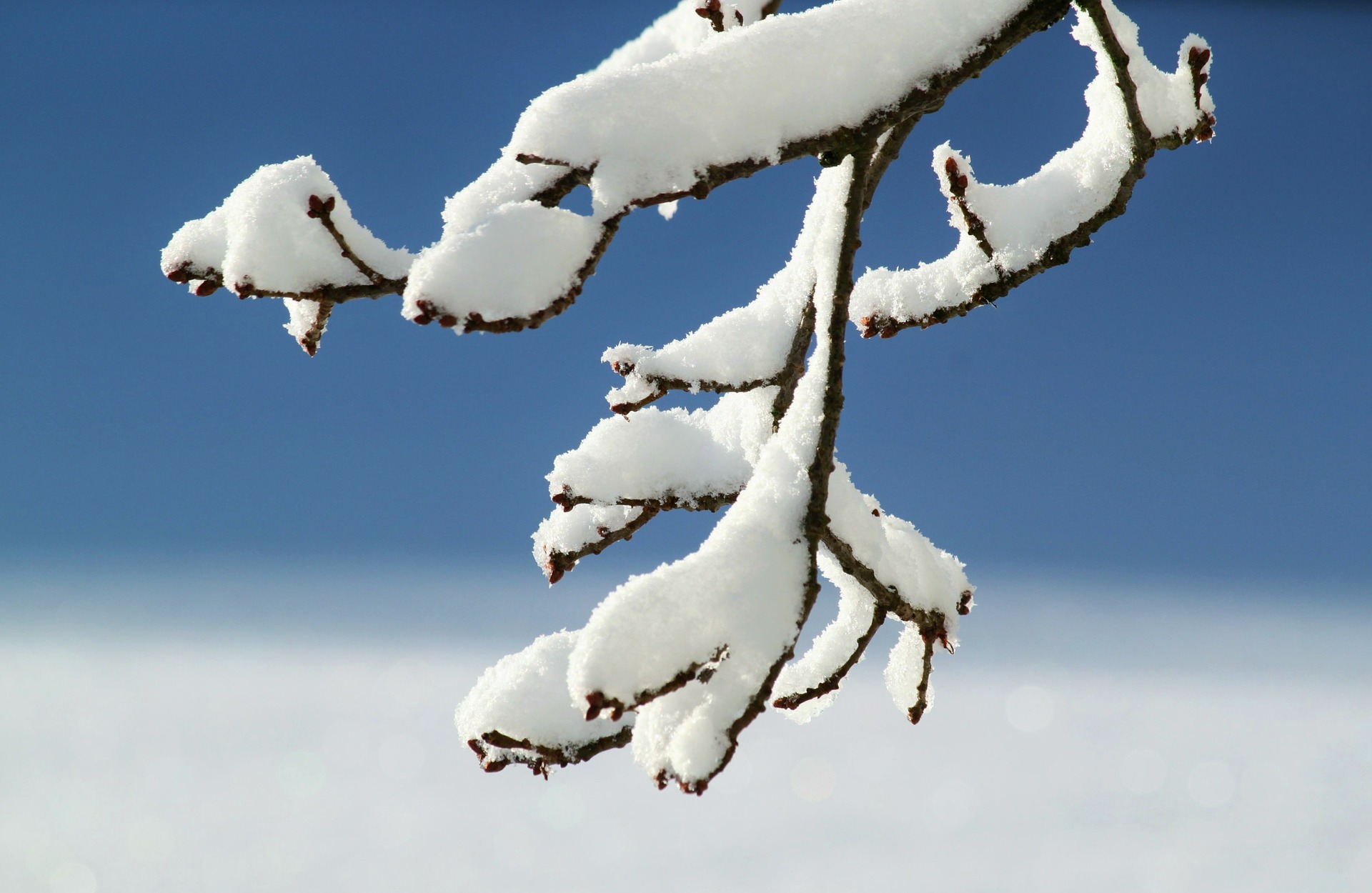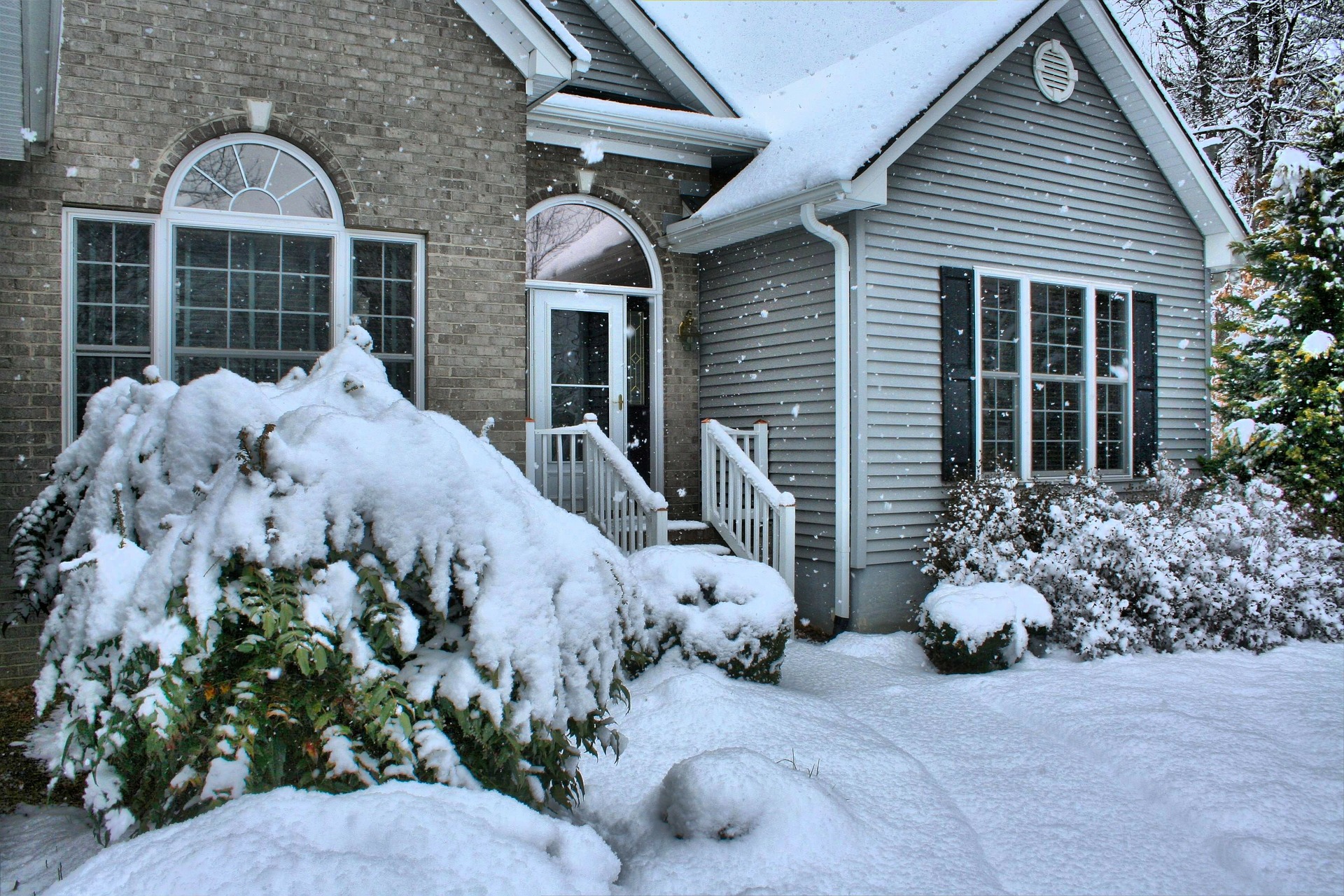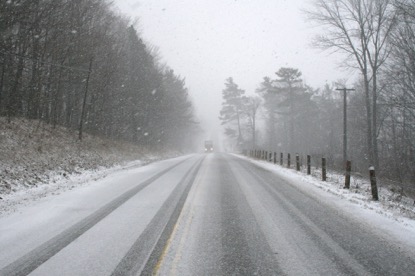 Allergic Rhinitis. Hay fever. Seasonal Allergies.
Allergic Rhinitis. Hay fever. Seasonal Allergies.
Different names for similar symptoms, including:
- Persistent sneezing.
- Relentlessly scratchy eyes.
- A dry, squeaky sore throat.
- Ferocious itchiness, all over.
It’s enough to drive anyone insane.
Sigh. Or, in this case, wheeze.
No matter how exciting it is to consider that spring is just around the corner, pesky seasonal allergies always seem to put a dampener on the fun. If you suffer from seasonal allergies, you’re in good company, because so does nearly 25% of the Canadian population.
Ways to reduce allergy Flare-ups this Spring and Summer
Help reduce the amount of seasonal allergy-related suffering this pollen-packed spring and summer by remembering to:
- Change clothing before you come into your home. That goes for shoes too! Clothing attracts pollen, and dragging it around the house on clothing only exacerbates allergies.
- Wash your hands when you come in from outside. What is a no-brainer task (for most of us) is a necessity for hay fever sufferers. Pollen can stick to your hands, and one absent-minded itch of the eye with a pollen-saturated hand can prompt some major suffering.
- Keep in mind there are two significant types of pollen trigger seasonal allergies: tree and grass pollen. Figuring out which triggers their allergies can help hay fever sufferers avoid the outdoors during pollination times. Early spring, in April and May, is when pollen counts from trees are the highest. June and July are when grass pollen takes over.
- Check out these tips for keeping your house clean during showings; it applies to allergy sufferers too. As funny as comparing the two may be, eradicating pollen from your home is a lot like getting ready to have your home shown; it boils down to diligence and a take-no-prisoners attitude.
This summer is uniquely challenging because we have to figure out how to sneeze into a mask, on top of battling hay fever. Just like sneezing before COVID, sneezing requires etiquette when possible.
- Stick with what works, which means many experts suggest it is still ok to sneeze into your elbow with a mask on. Just make sure your sneeze is as contained as possible and no moisture has gotten on your clothing.
- Try to keep social distancing intact to protect others around you. The idea is to keep others’ germs and particles away from you and keep your germs and particles away from others.
- If the idea of sneezing while wearing a mask makes you feel like you’re“wearing your sneeze,” make sure you have backups. After a particularly juicy sneezing fit, find a place to switch your masks safely.
Try not to feel too badly. It can be a harrowing experience to sneeze in public during a pandemic. Though we can’t see smiles with masks on, remember there are others around smiling at you, probably relating to the embarrassment you feel because they suffer from hay fever too.














